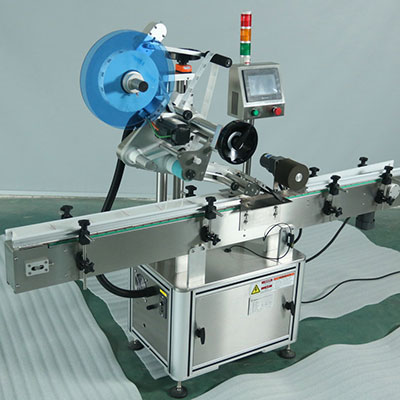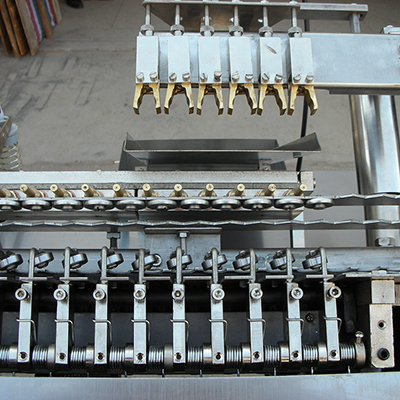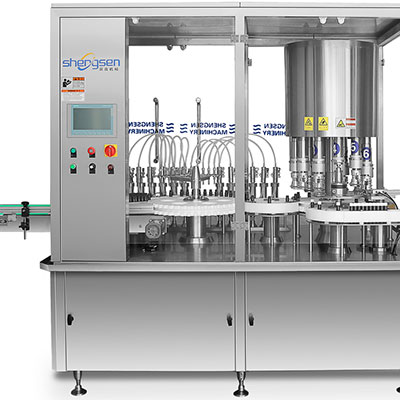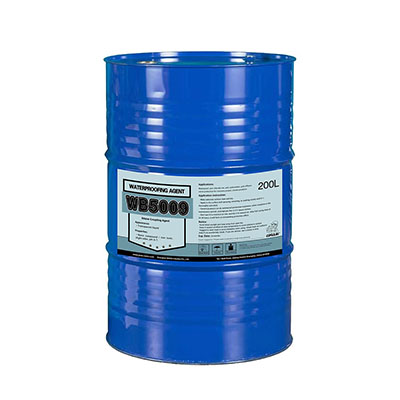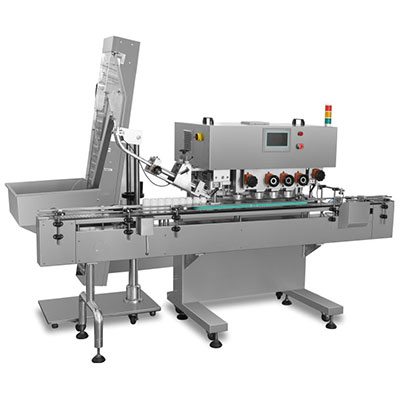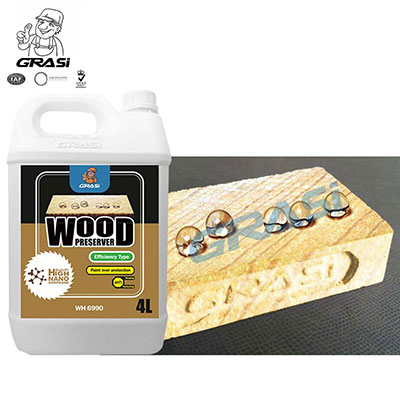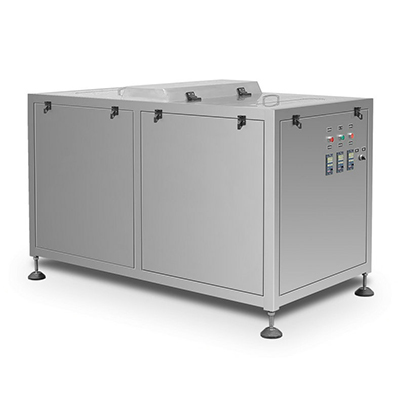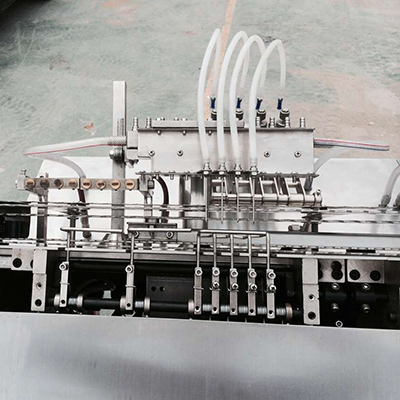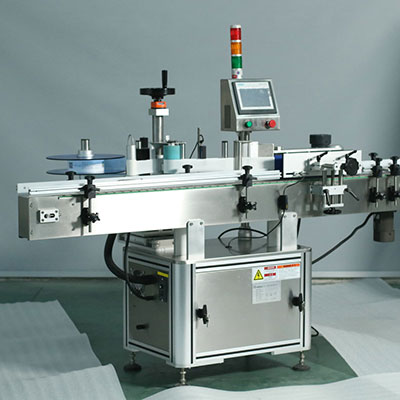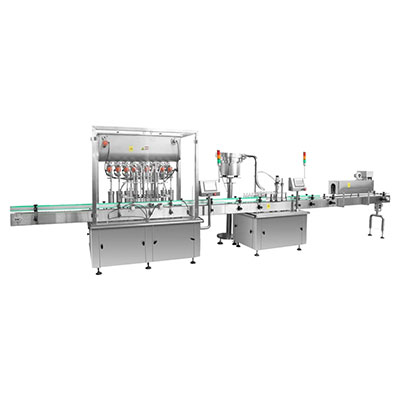Ball Mill
Working Principle
The raw material is fed into the grinding chamber of the ball mill by the quantitative feeding system, experiencing repeated collision and abrasion with the grinding media. Through the end of the product, the smashed particles are pushed into the air classifier where the separation of the fine and coarse particles is completed. The qualified powder is collected into cyclone and bag collector while the oversized powder will go back to the grinding chamber for further smashing.
Product Features
1.The combination of proper ball mill with AF air classifier can lower the energy consumption by 20%.
2. To meet the customer's requirements for the purity and whiteness of the finished powder, we choose the high chromium, the alumina, zirconia, plastic and other materials to make the lining of the ball mill, the classifier or work as grinding media.
3. The ball mill cooperates with the AF series of air classifiers that feature accurate cutting point, large handling capacity, high extraction efficiency and other merits. Therein, the maximum handling capacity reaches 200T/h and the reasonable classifying impeller is able to separate superfine particles with the fineness up to D97=2μm.
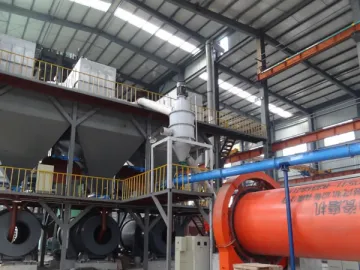
Applications
This product line is suitable for grinding and classifying the alumina, bauxite, calcium carbonate, kaolin, potassium feldspar, talc, fly ash, slag, zircon sand, ultrafine cement, quartz, reflective material, etc.
Technical Parameters
| No. | Configuration | Power (kw) | Handling capacity(T/h) | Product fineness(d97=μm ) |
| 1 | ¢1.5 with AF200 | 190 | 1-5 | 2-60 |
| 2 | ¢1.83with AF300 | 340 | 3-10 | 2-60 |
| 3 | ¢2.2with AF400 | 490 | 5-15 | 2-60 |
| 4 | ¢2.4with AF600 | 625 | 10-30 | 2-60 |
| 5 | ¢2.4with AF800 | 810 | 15-40 | 2-60 |
| 6 | ¢2.6with AF1000 | 1200 | 30-80 | 4-60 |
| 7 | ¢3.0with AF1200 | 1500 | 40-150 | 4-60 |
| 8 | ¢3.5with AF2000 | 2350 | 60-200 | 5-60 |
Ball Mill Classifier Process Flow Diagram
Related Names
Chemical Powder Processing | Mining Machine | Planetary Milling Machine
Links:https://globefindpro.com/products/62213.html
-
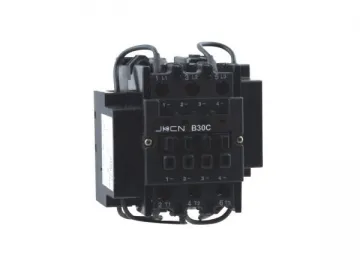 CJX8C Series AC Capacitor Switching Contactor
CJX8C Series AC Capacitor Switching Contactor
-
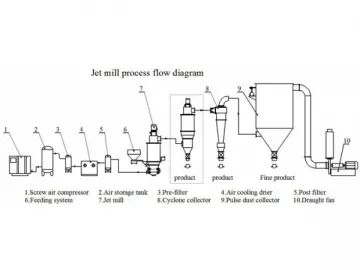 Jet Mill
Jet Mill
-
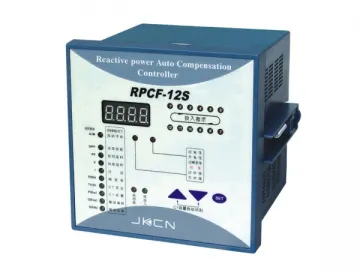 RPCF Series Automatic Reactive Power Compensation Controller
RPCF Series Automatic Reactive Power Compensation Controller
-
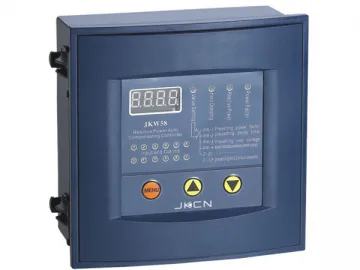 Automatic Reactive Power Compensation Controller
Automatic Reactive Power Compensation Controller
-
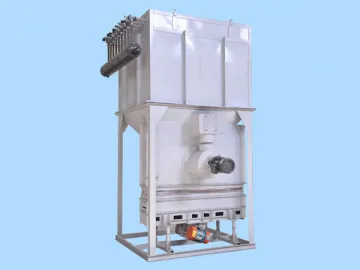 Particle Dry Cleaning Machine
Particle Dry Cleaning Machine
-
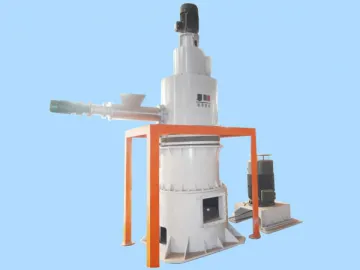 Ultra-fine Roller Mill
Ultra-fine Roller Mill
-
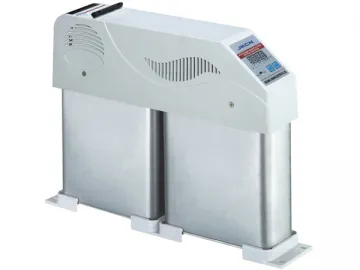 Intelligent Capacitor Bank
Intelligent Capacitor Bank
-
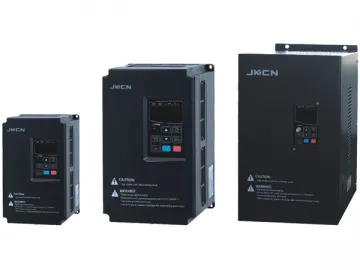 Power Inverter
Power Inverter
-
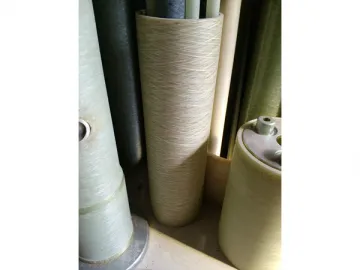 Aramid Reinforced Epoxy Wound Tube
Aramid Reinforced Epoxy Wound Tube
-
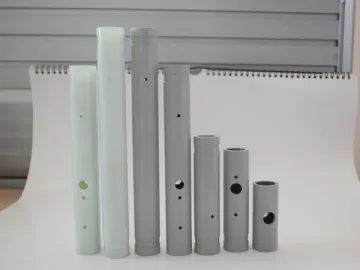 Electrical High Voltage Insulated Sleeving
Electrical High Voltage Insulated Sleeving
-
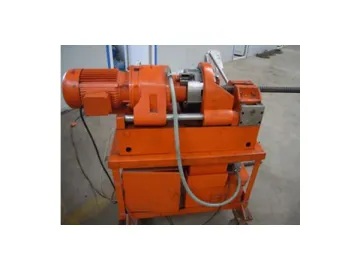 Rebar Taper Threading Machine
Rebar Taper Threading Machine
-
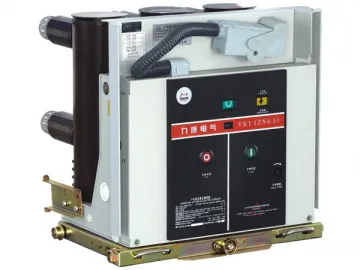 VS1-12 Series Indoor Vacuum Circuit Breaker
VS1-12 Series Indoor Vacuum Circuit Breaker
